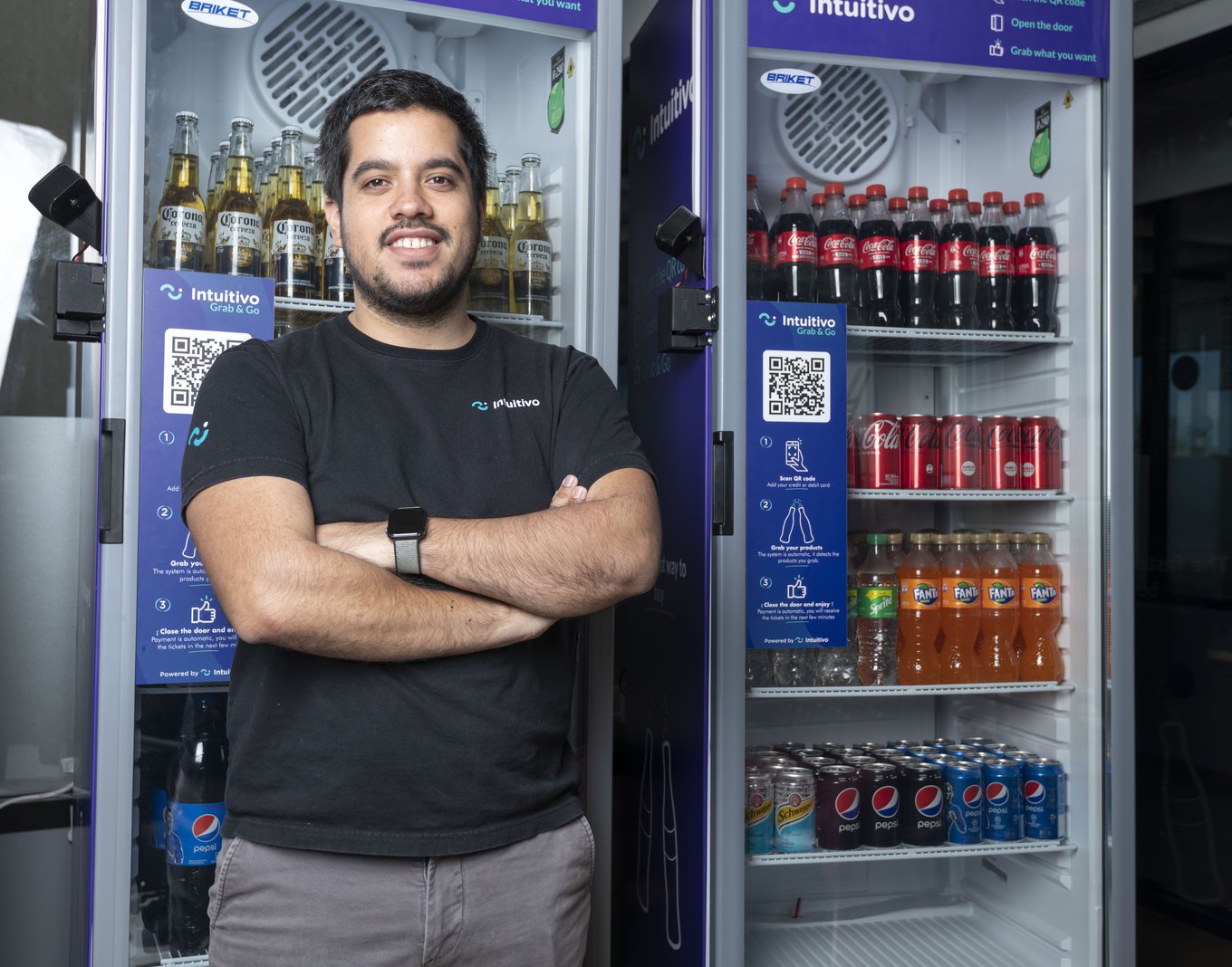Artificial intelligence & robotics
José Benítez
Uses artificial intelligence and computer vision to turn display refrigerators into autonomous vending machines.

Global
Kathryn Tunyasuvunakool
Predicting a protein’s 3D structure from its amino acid sequence.

Japan
Shunsuke Aoki
Aiming for a future with zero fatalities and injuries caused by automobiles.

Latin America
Mayra Lázaro
Uses AI to empower young people and reducing school dropouts.

Japan
Tamir Blum
An agricultural robot that uses lunar explorer technology to compensate for labor shortages.
